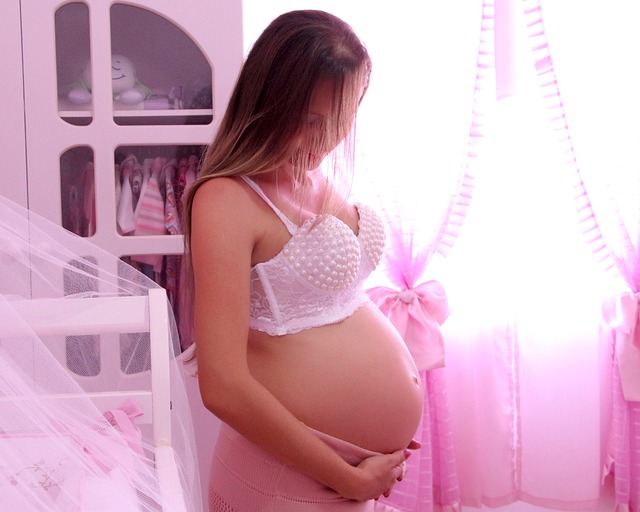In recent discussions surrounding pediatric care, the topic of ear piercing in infants has ignited considerable debate, particularly following a post by U.K. social media personality, Mia Thompson. Thompson faced backlash after sharing an image of her 18-month-old daughter’s newly pierced ears, with some observers labeling the act as “child abuse.”
The Backlash
The uproar began after Thompson appeared on a popular daytime talk show, discussing the appropriateness of piercing young children’s ears. Following the broadcast, her social media post garnered a flurry of comments, igniting a fierce discourse on whether infants should undergo such procedures before they can give informed consent. While a segment of the audience supported Thompson’s choice, many criticized it as “tacky” and “cruel.” Some of the comments included:
- “How can you justify inflicting pain on your child for vanity’s sake? This is a clear case of child abuse.”
- “You chose to put holes in your child’s ears without waiting for her to decide for herself. It’s a selfish decision.”
- “This is attention-seeking behavior! Why solicit opinions if you plan to ignore them? Causing unnecessary pain to a baby is unacceptable!”
- “This whole thing just screams cheap and tacky.”
Understanding the Debate
However, equating ear piercing with child abuse reflects a disconnect from reality. While it’s true that the procedure involves some discomfort—similar to a vaccination—it does not constitute cruelty or abusive behavior. At worst, it may be a contentious decision better suited for when a child is older. Nevertheless, parents are entitled to make choices for their toddlers regarding ear piercing.
Admittedly, critics point out the potential risks associated with ear piercings, such as infection or allergic reactions to certain metals, as noted by Parents magazine. Yet, to categorize ear piercing as abuse diminishes the severity of genuine child abuse, which affects millions of children daily.
A Personal Decision
Ultimately, the decision to pierce a child’s ears is a personal one. It might be perceived as unnecessary or even “tacky,” but most children emerge from the experience unscathed, with the option to remove earrings later if they choose. There are numerous critical issues in parenting deserving of discussion, but ear piercing shouldn’t be one. As long as Thompson’s daughter remains healthy and happy, the critics should reconsider their position.
Additional Resources
For those exploring family planning options at home, consider checking out this post on at-home insemination kits, or for men looking to boost fertility, this resource offers helpful insights. Additionally, an excellent resource for understanding intrauterine insemination can be found here.
Conclusion
In summary, while the topic of ear piercing in infants can stir strong opinions, it is essential to recognize that such decisions are deeply personal and should not be conflated with abuse. Parents must navigate their choices, focusing on the well-being of their children above all else.
Keyphrase: ear piercing in infants
Tags: [“home insemination kit”, “home insemination syringe”, “self insemination”]
